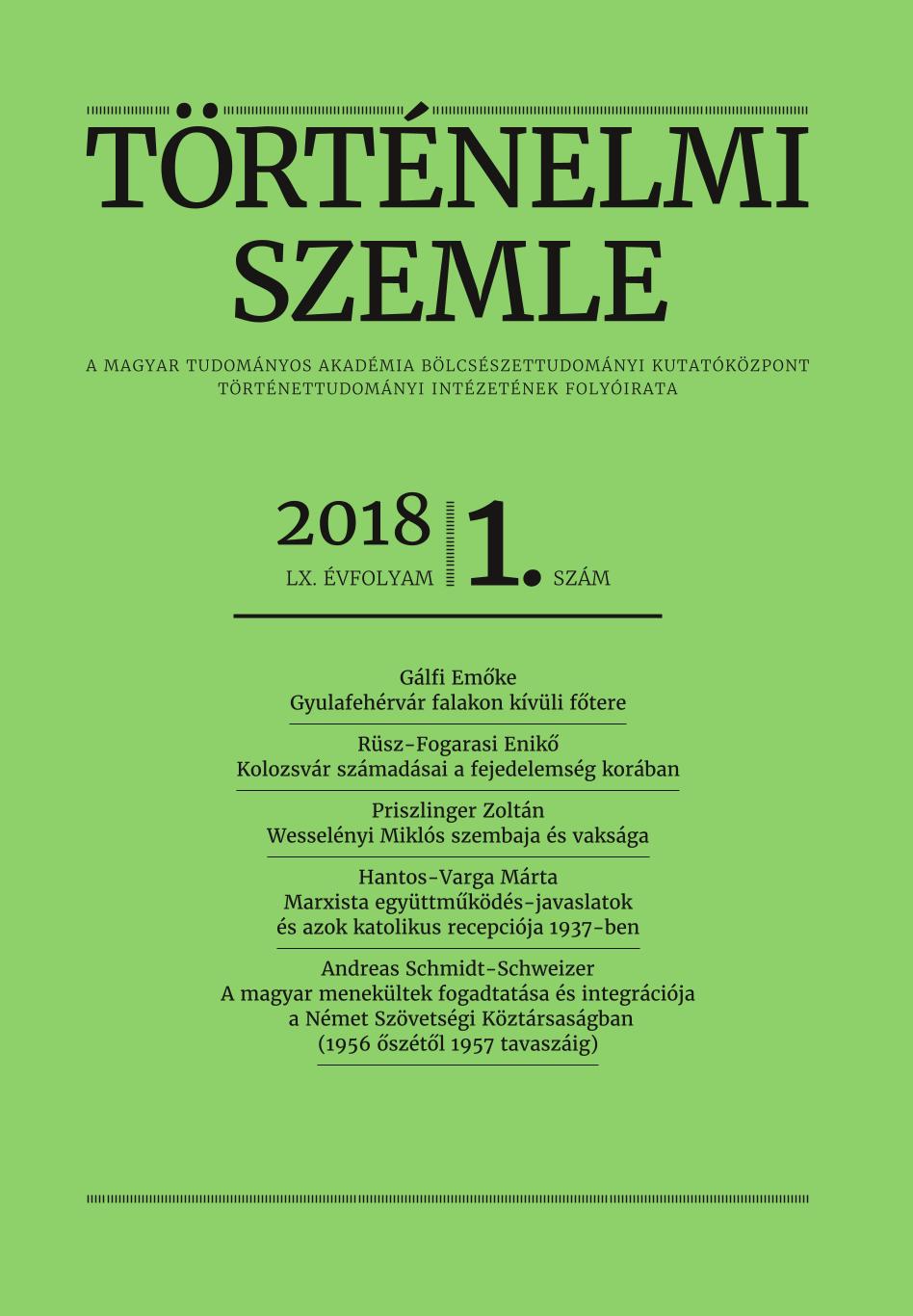Gyulafehérvár falakon kívüli főtere és a városvezető réteg a 16. század végén
The Main Square of Gyulafehérvár Outside the Walls and the Town’s Political Elite in the Late 16th Century
Author(s): Emőke GálfiSubject(s): 16th Century
Published by: Magyar Tudományos Akadémia Bölcsészettudományi Kutatóközpont Történettudományi Intézet
Keywords: princely residence; Urban Administration; Gyulafehérvár’s main square
Summary/Abstract: The study explores the connections between the main square of Gyulafehérvár outside the walls and the town’s political elite in the late sixteenth century. A princely residence, the town of Gyulafehérvár had two main squares: while the one within the walls was surrounded by the high-quality mansions of the courtly nobility, the other, situated outside the walls, was a true reflection of the town’s social structure, and functioned as its market square. This outer square was shared by the three layers of urban society, that is, the courtly nobility, the courtly military and the well-to-do members of the townspeople. In the last third of the sixteenth century the town was governed by the chief judge, twelve jurors and fourty council members referred to as senators. The independent municipality of burgesses who had fled to the town from Lippa and Temesvár in the middle of the sixteenth century ceased by the end of it, or rather merged into the town’s administration, whereas the cnez of the Romanian district continued to function. Only the richest burgesses were able to acquire real estate on the outer square, and the connections between this group and the one which furnished the town magistracy are evident. The study accordingly explores this layer of town society through the examination of a woman burgess and her five consecutive husbands.
Journal: Történelmi Szemle
- Issue Year: 2018
- Issue No: 01
- Page Range: 3-15
- Page Count: 13
- Language: Hungarian

